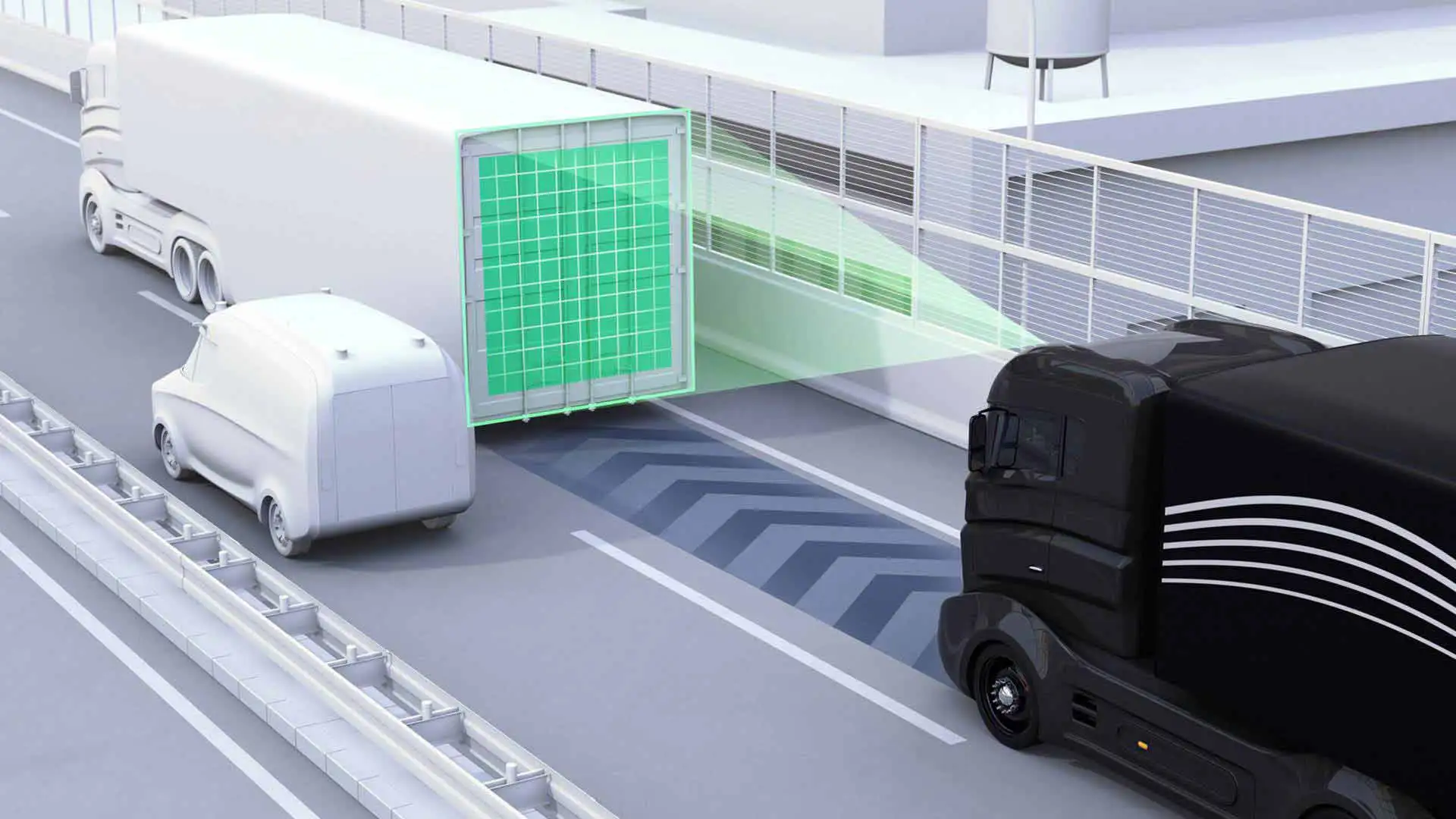
Self-Driving Trucks & Truck Drivers: A Contradiction
With investors putting over 810 million euro into self-driving technologies in 2017, the uptake of autonomous trucking is expected to develop quickly over the next years. Considering the benefits of such technology facing the logistics industry, there’s reason to celebrate.
Yet truck drivers, a fundamental aspect of truck driving who are expected to be displaced as a result of self-driving trucks, have a few concerns. Goldman Sachs expects nearly 300,000 driving jobs to disappear due to automation, while companies who are developing the technology themselves, such as Uber, claim that more supervisory drivers will be needed to accommodate the increased delivery loads that will accompany automated driving’s falling delivery costs. Perhaps, if possible, both scenarios will play out, side by side.
Scenario 1: Truck Driving Jobs Diminish
Our inevitable human limitations construct a strong argument in favor of automation. These limitations result in, for example, truck drivers being limited to 11-hour days or 60-hour weeks on the road – a restriction that would not apply to an automated truck, enabling 24/7 delivery capabilities. There’s also the fact humans need to eat, and thus need a paycheck, which accounts for 34% of trucking company’s operational costs per mile (1.6km). Coupling these facts with a human driver’s need for rest and our proneness to error – which in trucking kills thousands of people each year – and it is a small wonder that Suncor Energy Inc has recently announced its plans to replace 400 heavy-equipment operators with self-driving trucks on oil sand mining sites.
Yet as we discuss human limitations, it is only fair to remember that robots, too, remain flawed in reason and dexterity, thus necessitating human intervention at this stage in automated driving. This is why optimists predict that, rather than eliminate jobs, self-driving trucks will create new, better conditions for today and tomorrow’s truck driver.
Scenario 2: Truck Driving Jobs Remain & Improve
Trucking jobs are known to be brutal. Isolating, exhausting, sedentary, and underpaid hours on the road contribute to a whopping 90% turnover rate each year. With a median annual income of 32,500 euro, and an average age of 49, it’s easy to understand such a high turnover rate. Yet considering the low salary, one would expect a high supply of willing truck drivers – which is simply not the case.
The US alone is short of 50,000 truck drivers today – a number that is expected to rise to 250,000 by 2022 as deliveries become more commonplace. Taking this shortage into consideration, automation may in fact play a role in taking the pressure not only off of logistics companies, but drivers themselves.
This shortage is thus likely to be addressed by automation in two ways; First, it may eliminate the need for any additional drivers by enabling one truck driver to work from a pseudo call center. In this case, truck drivers could operate between 10 and 30 trucks within an 8-hour shift, enabling them to work locally and go home to their families at the end of the day. In this case, truck drivers would remotely take control of the truck when it drives, for example, near construction zones or in urban centers. This simultaneously reduces the need for more drivers while drastically improving the working conditions of current drivers who could be retrained to work from these call centers.
Second, while eliminating the need for the 250,000 drivers by 2022, self-driving trucks may be exactly what is needed to attract the remaining necessary workers to the profession. In scenarios where truckers will have to remain in the truck (as opposed to working from call centers), drivers can rest their eyes and focus on different matters while the truck glides along the freeway. As such, while truck drivers will be able to complete paperwork, start a new hobby, or chat with friends while only being sure take over the truck when necessary (i.e. construction zones or urban areas), the supervisory role will certainly attract a larger number of workers than today’s current conditions.
Still, the future of truck drivers in response to self-driving trucks remains unclear. With lower demand, will wages also go even further down than they already are? Or will wages raise in accordance with higher training necessary to work amongst such technology? With current estimates stating that 900,000 new drivers will be needed over the next 8 years, it’s difficult to know just where the fate of truck driver profession is headed.
